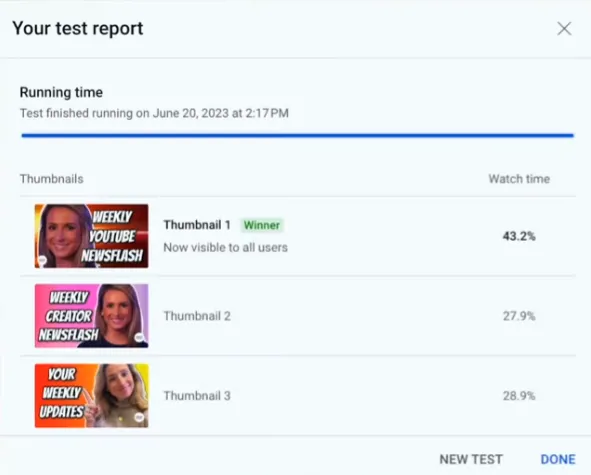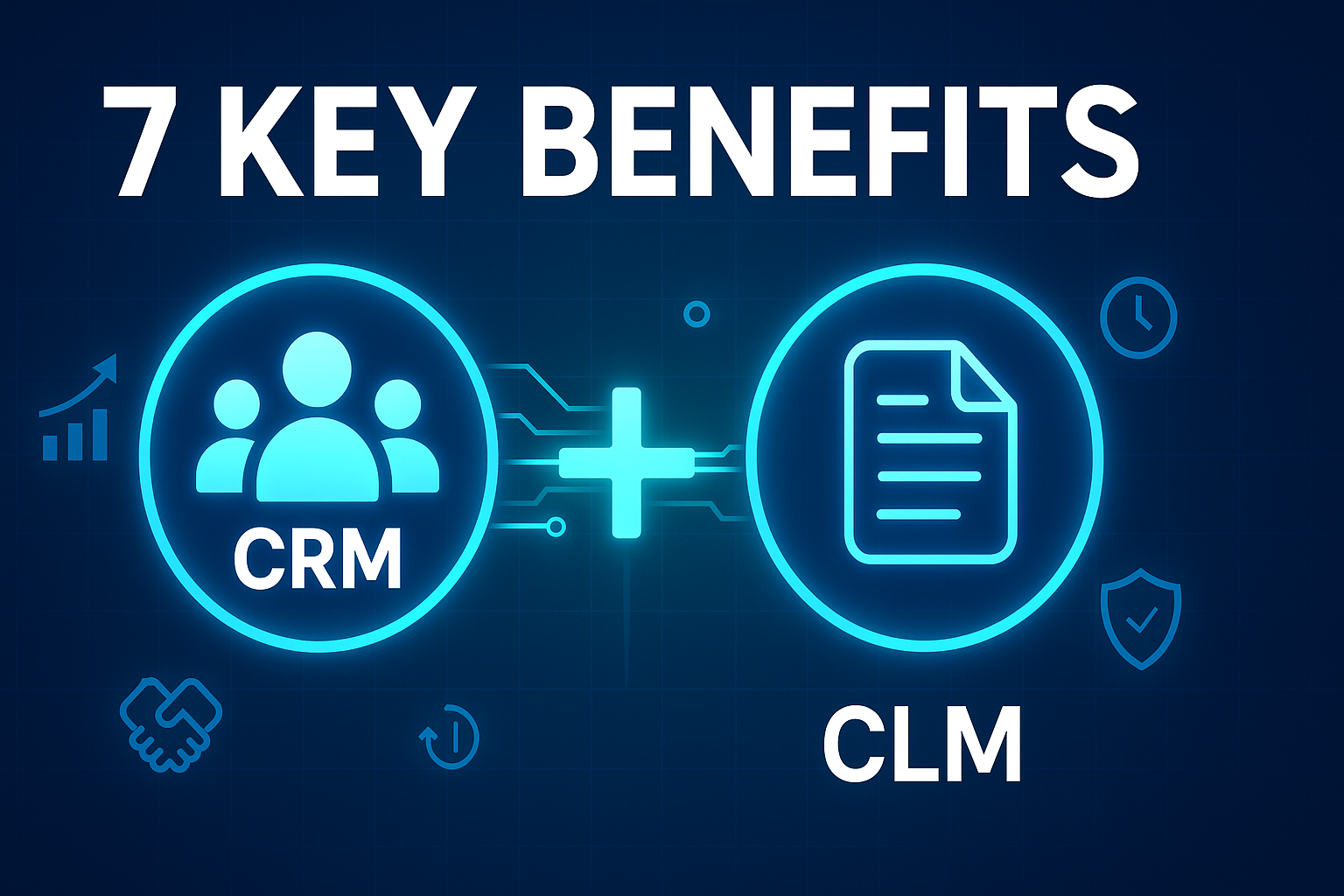Published on July 16th, 2025
In the ultra-competitive world of YouTube, where billions of videos compete for viewer attention every day, the difference between a viral hit and a forgotten upload often comes down to one crucial element: your video title.
It’s the first thing potential viewers see, the deciding factor in whether they click or scroll past, and arguably the most important piece of your YouTube SEO puzzle.
Now, YouTube is giving creators an unprecedented advantage in this title optimization game.
The platform has begun rolling out a revolutionary video title testing feature within YouTube Studio’s “Test & Compare” tool, allowing creators to A/B test multiple title variations and let data—not guesswork—determine which performs best.
This isn’t just another minor update; it’s a fundamental shift toward data-driven content strategy that could level the playing field for creators of all sizes.
In this comprehensive guide, we’ll explore everything you need to know about YouTube’s new title testing feature, why it matters for your channel’s growth, and how to leverage it effectively to maximize your video performance.
Why YouTube Video Titles Are Critical to Growth
Before diving into the mechanics of title testing, it’s essential to understand why video titles wield such enormous power over your YouTube success.
Your title serves as the gateway to your content, influencing three critical performance metrics that directly impact your channel’s growth trajectory.
First and foremost, titles are the primary driver of click-through rates (CTR). When your video appears in search results, suggested videos, or subscription feeds, viewers make split-second decisions about whether to click based largely on your title’s appeal.
A compelling title can mean the difference between a 2% CTR and a 12% CTR—a difference that can make or break your video’s algorithmic performance.
Beyond initial clicks, titles also influence watch time and audience retention. When viewers click on a video with a title that accurately represents and builds anticipation for the content, they’re more likely to watch longer and engage more deeply.
This extended engagement sends positive signals to YouTube’s algorithm, increasing your video’s chances of being recommended to additional viewers.
Perhaps most importantly, titles are a cornerstone of YouTube SEO and discoverability. The keywords and phrases you include in your title help YouTube understand what your video is about, making it more likely to appear in relevant search results.
A well-optimized title can help your content rank for valuable search terms, driving consistent organic traffic long after publication.
The challenge has always been that title optimization traditionally required either expensive market research or time-consuming manual testing.
Creators would upload videos, analyze performance, and then apply lessons learned to future content—a slow, iterative process that often meant missing opportunities with existing videos.
Read More: How Might You Build YouTube Views And YouTube Promotion?
What Is the New Title Testing Feature in YouTube Studio?
YouTube’s new title testing capability represents a significant expansion of the platform’s existing “Test & Compare” feature, which previously focused exclusively on thumbnail optimization.
This tool now allows creators to submit multiple title variations for the same video and let YouTube’s algorithm determine which performs best based on real audience data.
The feature lives within YouTube Studio’s analytics section, accessible through the “Test & Compare” option that appears for eligible videos.
Currently, YouTube is rolling out this functionality to a small percentage of creators, with plans to expand access over time.
This measured rollout approach allows YouTube to refine the feature based on real-world usage before making it widely available.
What makes this feature particularly powerful is its integration with YouTube’s existing algorithmic infrastructure.
Rather than requiring creators to manually track performance across different title versions, the system automatically rotates titles and collects comprehensive performance data, providing actionable insights without additional effort from content creators.
How It Works
The title testing process is designed to be straightforward and user-friendly, even for creators without extensive analytics experience. When accessing the feature, creators can submit up to three different title variations for a single video, similar to the existing thumbnail testing functionality.
Once submitted, YouTube begins rotating these titles across different viewer segments, ensuring each variation receives exposure to a representative sample of your potential audience.
The platform uses sophisticated algorithms to distribute title variations evenly while accounting for factors like viewer geography, device type, and viewing patterns.
The system collects performance data across multiple key metrics, with watch time share serving as the primary optimization target.
YouTube has specifically chosen this metric because it believes watch time is the strongest predictor of long-term video success and audience satisfaction.
However, the system also tracks click-through rates, engagement metrics, and other performance indicators to provide a comprehensive view of each title’s effectiveness.
After collecting sufficient data—typically over several days or weeks, depending on your video’s traffic—YouTube automatically selects the winning title and applies it permanently to your video.
This data-driven approach removes guesswork from the optimization process while ensuring decisions are based on actual audience behavior rather than assumptions.
Benefits of Title Testing for YouTubers
The introduction of native title testing capabilities delivers several game-changing advantages for content creators across all niches and channel sizes.
These benefits extend far beyond simple convenience, potentially transforming how creators approach content optimization and audience engagement.
Data-driven decision making represents the most significant advantage. Instead of relying on intuition or generic best practices, creators can now make optimization decisions based on their specific audience’s demonstrated preferences. This personalized approach means strategies that work for one channel may not work for another, and the testing feature helps identify what resonates with your unique viewer base.
Improved performance without content recreation offers substantial time and resource savings. Previously, if a video underperformed due to a weak title, creators faced the choice of accepting suboptimal results or re-uploading the content entirely. Title testing allows creators to optimize existing videos without losing comments, likes, or accumulated watch time—preserving all the social proof that contributes to long-term success.
Competitive advantage through continuous optimization becomes possible when creators can systematically test and refine their approach. While competitors rely on static titles chosen at upload time, creators using title testing can adapt and improve their content’s appeal based on real performance data. This iterative improvement process can lead to significant performance gains over time.
Reduced risk and increased experimentation encourages creators to try more ambitious or creative title approaches. When testing is built into the platform, creators can experiment with bold, curiosity-driven titles alongside safer, descriptive alternatives without fear of permanently damaging their video’s performance. This safety net often leads to discovering more engaging approaches that wouldn’t have been attempted otherwise.
Read More: YouTube Rolls Out AI Music Tools And Smarter Monetization Verification
Best Practices for YouTube Title A/B Testing
What Types of Titles to Test
Effective title testing requires strategic thinking about which variations will provide meaningful insights into your audience’s preferences. The most valuable tests compare titles that represent fundamentally different approaches to capturing viewer attention and communicating value.
Curiosity-driven versus direct titles offer one of the most impactful testing opportunities. Curiosity-driven titles like “The Secret Strategy That Changed Everything” can generate high click-through rates by creating an information gap, while direct titles like “How to Increase YouTube Views by 300%” clearly communicate specific value. Testing these approaches helps determine whether your audience responds better to intrigue or explicit promises.
Number-based versus narrative titles represent another valuable testing dimension. Titles incorporating specific numbers, statistics, or list formats (“7 Proven Ways to…”) often perform well because they set clear expectations and suggest actionable content. Comparing these against more narrative or story-driven titles helps optimize for your audience’s content consumption preferences.
Emotional intensity variations can significantly impact performance across different niches. Testing titles with power words like “Ultimate,” “Shocking,” or “Life-Changing” against more neutral, professional language helps identify the emotional tone that resonates best with your specific audience. This is particularly important because emotional responses to language can vary dramatically across different demographics and interest areas.
Keyword placement and density testing helps optimize for both human appeal and search engine visibility. Try variations that place your primary keyword at the beginning versus the end of the title, or test titles with multiple related keywords against those focusing on a single primary term. This approach helps balance SEO optimization with human readability and appeal.
Tips for Effective Testing
Successful title testing requires careful methodology to ensure results are meaningful and actionable. Following established best practices helps avoid common pitfalls that can invalidate test results or lead to incorrect conclusions about audience preferences.
Maintain consistency in all other elements during testing periods. Keep your thumbnail, video content, description, and publishing schedule identical across all title variations. This isolation ensures that performance differences can be attributed specifically to title changes rather than other variables that might influence viewer behavior.
Allow sufficient time for meaningful data collection before drawing conclusions. YouTube’s algorithm needs time to distribute your title variations across different audience segments and viewing contexts. Rushing to conclusions based on limited data can lead to selecting suboptimal titles that happened to perform well during an unrepresentative time period.
Test with purpose and clear hypotheses rather than randomly trying different approaches. Before launching a test, identify specific questions you want to answer about your audience’s preferences. This focused approach makes results more actionable and helps build a systematic understanding of what works for your channel.
Document and analyze results comprehensively to build institutional knowledge about your audience. Track not just which title won, but also the performance gaps between variations, the types of viewers who responded to each approach, and any patterns that emerge across multiple tests. This information becomes invaluable for future content planning and optimization strategies.
Read More: How To Set Up Effective Parental Controls On YouTube
How This Impacts the YouTube Creator Ecosystem
The introduction of native title testing capabilities represents a significant democratization of optimization tools that were previously available only to creators with substantial resources or technical expertise.
This shift has broad implications for the YouTube creator ecosystem and the competitive landscape.
Smaller creators gain access to enterprise-level optimization tools that were previously the domain of large channels with dedicated teams and budgets. This leveling effect means that individual creators can now compete more effectively against well-funded operations by making data-driven optimization decisions rather than relying solely on intuition or generic advice.
Quality content becomes more discoverable when creators can optimize their titles based on actual audience response rather than guesswork. This improvement in title-to-content matching means viewers are more likely to find and engage with content that truly meets their needs, creating a positive feedback loop that benefits both creators and the platform.
YouTube’s algorithm becomes more effective at matching content with interested audiences when titles are optimized based on real performance data. This improved matching reduces the platform’s reliance on other signals and can lead to more consistent organic reach for creators who actively optimize their content.
The creator economy becomes more merit-based as data-driven optimization tools reduce the advantages of pure marketing savvy over content quality. While marketing skills remain important, creators who focus on producing valuable content can now optimize their presentation more effectively, potentially reducing the gap between content quality and channel success.
Conclusion
YouTube’s introduction of video title testing within YouTube Studio represents a pivotal moment for content creators seeking to maximize their impact and reach.
This feature transforms title optimization from a guessing game into a precise, data-driven process that puts real performance insights directly in creators’ hands.
The shift toward algorithmic title testing reflects YouTube’s broader commitment to helping creators succeed through data-backed decision making.
By providing tools that were previously available only to creators with significant resources, YouTube is democratizing access to advanced optimization capabilities and creating opportunities for merit-based competition.
For creators ready to embrace this new capability, the potential benefits are substantial. Improved click-through rates, enhanced audience engagement, and more effective content discovery all become achievable through systematic testing and optimization.
The key is approaching title testing strategically, with clear hypotheses and sufficient patience to collect meaningful data.
As this feature rolls out to more creators over the coming months, early adopters will have the opportunity to refine their approach and build competitive advantages through systematic optimization.
The creators who embrace data-driven title testing today will be best positioned to thrive in YouTube’s evolving ecosystem tomorrow.
Have you started experimenting with title testing yet? Now’s the time to turn clicks into views and transform your YouTube strategy with the power of real audience data. The future of content optimization is here, and it’s more accessible than ever before.







